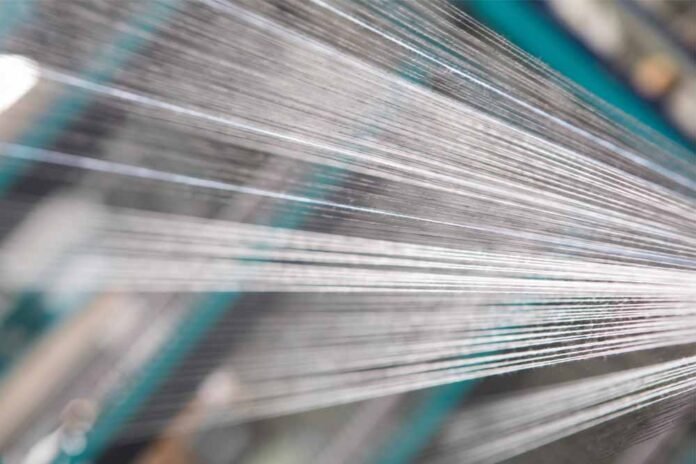Traditional Hmong linen weaving, a captivating and intricate 41-step process that produces exquisite hand-woven creations is a product for which Lung Tam, a village in northernmost is famous.
In this village, the Hmong people continue their ancestral linen weaving tradition, utilizing natural materials and by-hand techniques. The Lung Tam Handmade Linen Fabric & Textile Cooperative serves as both a guardian and promoter of this distinct cultural heritage. Not only does it enhance the income of the local indigenous people, but it has also become a must-visit destination for foreign tourists exploring Ha Giang.
In Lung Tam, visitors can admire hand-woven linen products crafted by Hmong women. The linen is used to make clothes, blankets, tablecloths, bags, wallets, and myriad other items. Coop chairwoman Vang Thi Mai said things have picked up since the cooperative reopened in March last year following a two-year Covid-19 hiatus.
The village now welcomes hundreds of guests a day. International visitors are impressed with our local culture and gain valuable experiences. They not only purchase gifts for their enjoyment, but also to support the talented artisans who created them.
The ability to weave linen is a testament to Hmong women’s talent, creativity, and diligence. When a woman returns to her husband’s home, wearing linen clothing symbolizes receiving blessings from her husband’s ancestors.
It is common to see Hmong women carrying a small bundle of linen with them wherever they go, allowing them to sew on the spot at any time, whether they go to the market orthe fields. The 41-step process of weaving linen demands a substantial amount of time and effort to complete various processes, including flax cultivation, fiber stripping, weaving, washing, and drying.
To create a beautiful piece of fabric, the weaver must possess love, perseverance, and skill at their craft. The selection of flax fibers after stripping is important as it enables weavers to produce durable and fine woven fabric. The stripped flax fibers are carefully pounded to soften them before being joined together to form long fibers.
The Hmong people have created a spinning tool that utilizes both hands and legs, enabling the simultaneous spinning of four linen fibers. The fibers are then placed on a spinning frame to untangle and bundle them. They’re then boiled with kitchen ash, soaked, and washed. This process is repeated until the white linen yarn is completely dry and ready for weaving.
Hmong artisans continue to weave fabric using traditional hand looms. The weaving is usually done by experienced artisans who can handle broken and imperfect yarn. A great linen fabric possesses uniformly white and smooth threads, offering durability and moisture-wicking properties for a comfortable wearing experience.
A Canadian tourist observed every stage of the weaving process and then got some firsthand experience rolling fabric on the stone slab. She was impressed with how much effort the intricate craft requires and expressed admiration for the artisans who create the unique textiles.



